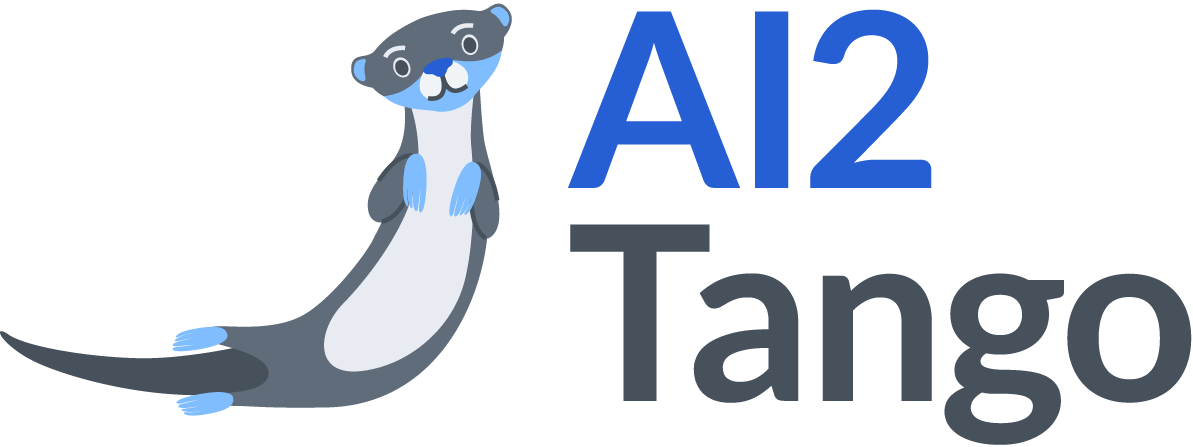
AI2 Tango replaces messy directories and spreadsheets full of file versions by organizing experiments into discrete steps that can be cached and reused throughout the lifetime of a research project.


ai2-tango requires Python 3.7 or later.
ai2-tango is available on conda-forge. You can install just the base package with
conda install tango -c conda-forgeYou can pick and choose from the integrations with one of these:
conda install tango-datasets -c conda-forge
conda install tango-pytorch_lightning -c conda-forge
conda install tango-torch -c conda-forge
conda install tango-wandb -c conda-forgeYou can also install everything:
conda install tango-all -c conda-forgeEven though ai2-tango itself is quite small, installing everything will pull in a lot of dependencies. Don't be surprised if this takes a while!
ai2-tango is available on PyPI. Just run
pip install ai2-tangoTo install with a specific integration, such as torch for example, run
pip install 'ai2-tango[torch]'To install with all integrations, run
pip install 'ai2-tango[all]'To install ai2-tango from source, first clone the repository:
git clone https://github.com/allenai/tango.git
cd tangoThen run
pip install -e '.[all]'To install with only a specific integration, such as torch for example, run
pip install -e '.[torch]'Or to install just the base tango library, you can run
pip install -e .Run
tango infoto check your installation.
You can build a Docker image suitable for tango projects by using the official Dockerfile as a starting point for your own Dockerfile, or you can simply use one of our prebuilt images as a base image in your Dockerfile. For example:
# Start from a prebuilt tango base image.
# You can choose the right tag from the available options here:
# https://github.com/allenai/tango/pkgs/container/tango/versions
FROM ghcr.io/allenai/tango:cuda11.3
# Install your project's additional requirements.
COPY requirements.txt .
RUN /opt/conda/bin/pip install --no-cache-dir -r requirements.txt
# Install source code.
# This instruction copies EVERYTHING in the current directory (build context),
# which may not be what you want. Consider using a ".dockerignore" file to
# exclude files and directories that you don't want on the image.
COPY . .Make sure to choose the right base image for your use case depending on the version of tango you're using and the CUDA version that your host machine supports. You can see a list of all available image tags on GitHub.
The motivation behind this library is that we can make research easier by composing it into well-defined steps. What happens when you choreograph a number of steps together? Well, you get a dance. And since our team's leader is part of a tango band, "AI2 Tango" was an obvious choice!
ai2-tango is developed and maintained by the AllenNLP team, backed by the Allen Institute for Artificial Intelligence (AI2). AI2 is a non-profit institute with the mission to contribute to humanity through high-impact AI research and engineering. To learn more about who specifically contributed to this codebase, see our contributors page.
ai2-tango is licensed under Apache 2.0. A full copy of the license can be found on GitHub.